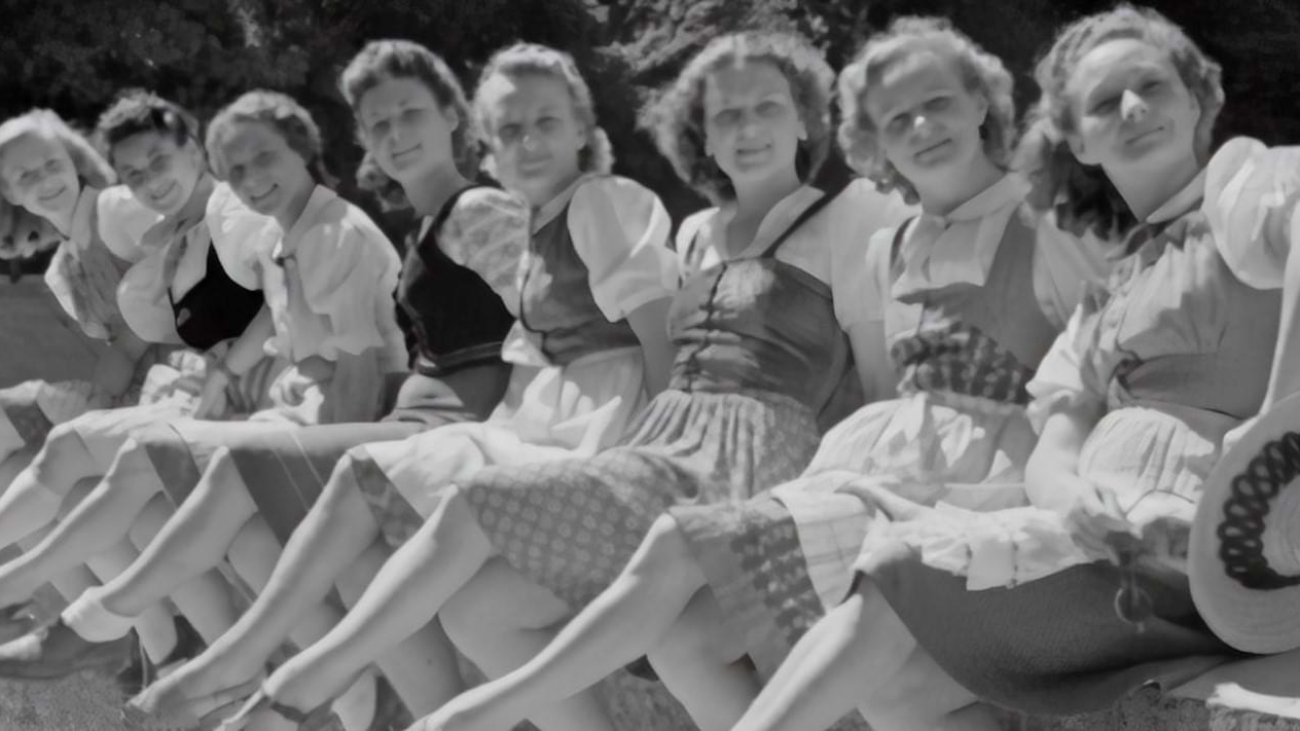It is not unusual for young children to talk or reference another / past life. This occurs once they have learned to talk and up to around the age of six.
Self-soothing and Unhealthy Habits
Self-soothing as opposed to self-love is doing something in the short term that might make you forget a problem, but does not really help to solve it.
Hypnotherapy for Pain: What It Can Do
Clinical trials have shown that Hypnotherapy can eliminate, or at least reduce, pain and it does so without the side-effects of pain killing drugs.
Oblique Strategies: Creativity System
Oblique Strategies is a card-based method for promoting creativity. It originally consisted of a deck of 113 cards, each with a creative suggestion on it.
Golden Rule: A Journey in the World
The Golden Rule is to treat others as you would like others to treat you. Or to put it another way, what you wish upon others, you wish upon yourself.






